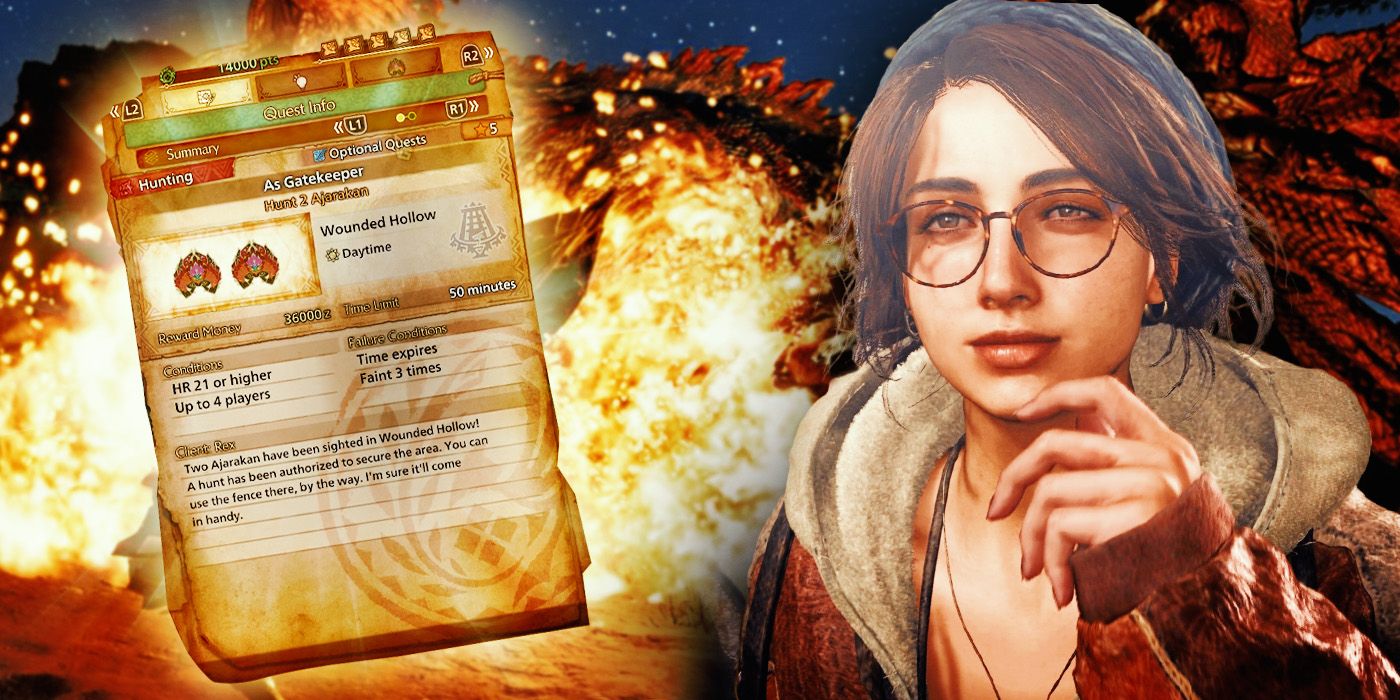
Part of that fluidity has to do with the guiding lands-inspired monster spawning system, in which monsters are placed into environments with a unique reward list of guaranteed drops. For attentive hunters searching for rare loot, there is also an option to extend any good luck to be found. Investigations, like many other features left under-explained in Wilds, are an essential part of the toolkit that can be easy to miss. Saving quests as investigations is an inclusion that should not be ignored in Wilds: it saves an immense amount of time while simultaneously rewarding a thematic attentiveness to the world.
Saving Quests As Investigations Is Essential In MH Wilds
Find Fantastic Quests & Share The Love
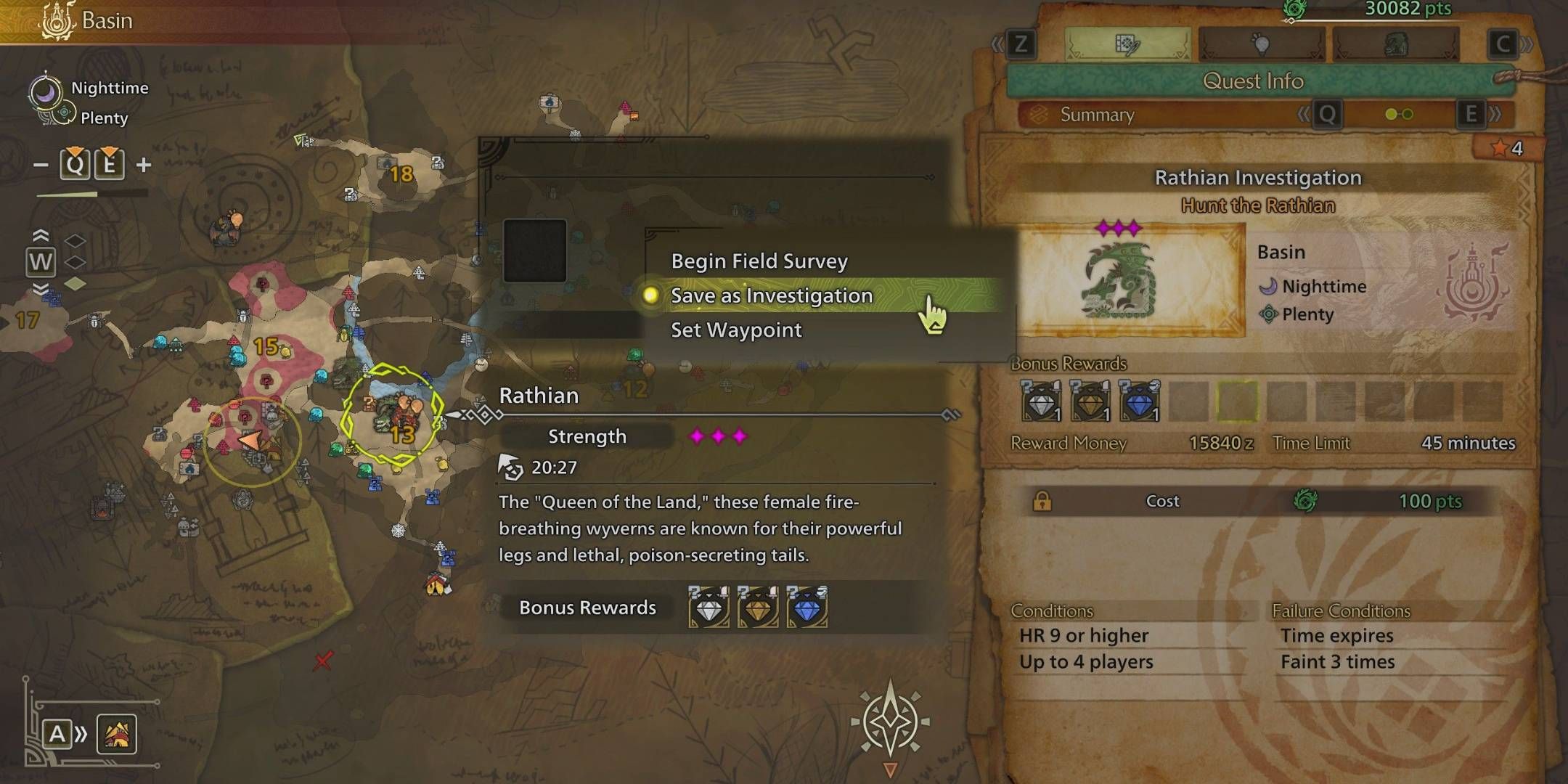
Farming monsters is a common activity in Monster Hunter. Usually, farming is centered around earning a specific rare item, like a Rathalos Ruby or Rathian Mantle, which can often have absurdly low drop chances but are nonetheless required to craft the best endgame weapons and armor. There are often some tertiary farms as well, like looking for optimal decorations or, in Wilds’ case, hunting for specific artian weapon pieces. Of course, the grind is part of the fun, but it’s certainly possible to cross a line where it becomes too much with the goal too far out of sight.
Saving investigations is a fantastic way to utilize the varying guaranteed drops of monsters naturally populating Wilds world map. Saving investigations from the world map (which preserves them in Alma’s investigation tab) is the best option for targeting specific loot drops. Investigations aren’t just useful because of their unique drops, however. A saved investigation can be repeated up to three times, allowing for multiple cash-ins on valuable materials. I find that this system removes much of the tedious grind that hyper-focuses on one monster. I have no desire to farm for a gem when a stellar investigation will eventually appear.
Be On The Lookout For Solid Monster Hunter Wilds Quests
You Can Never Have Enough
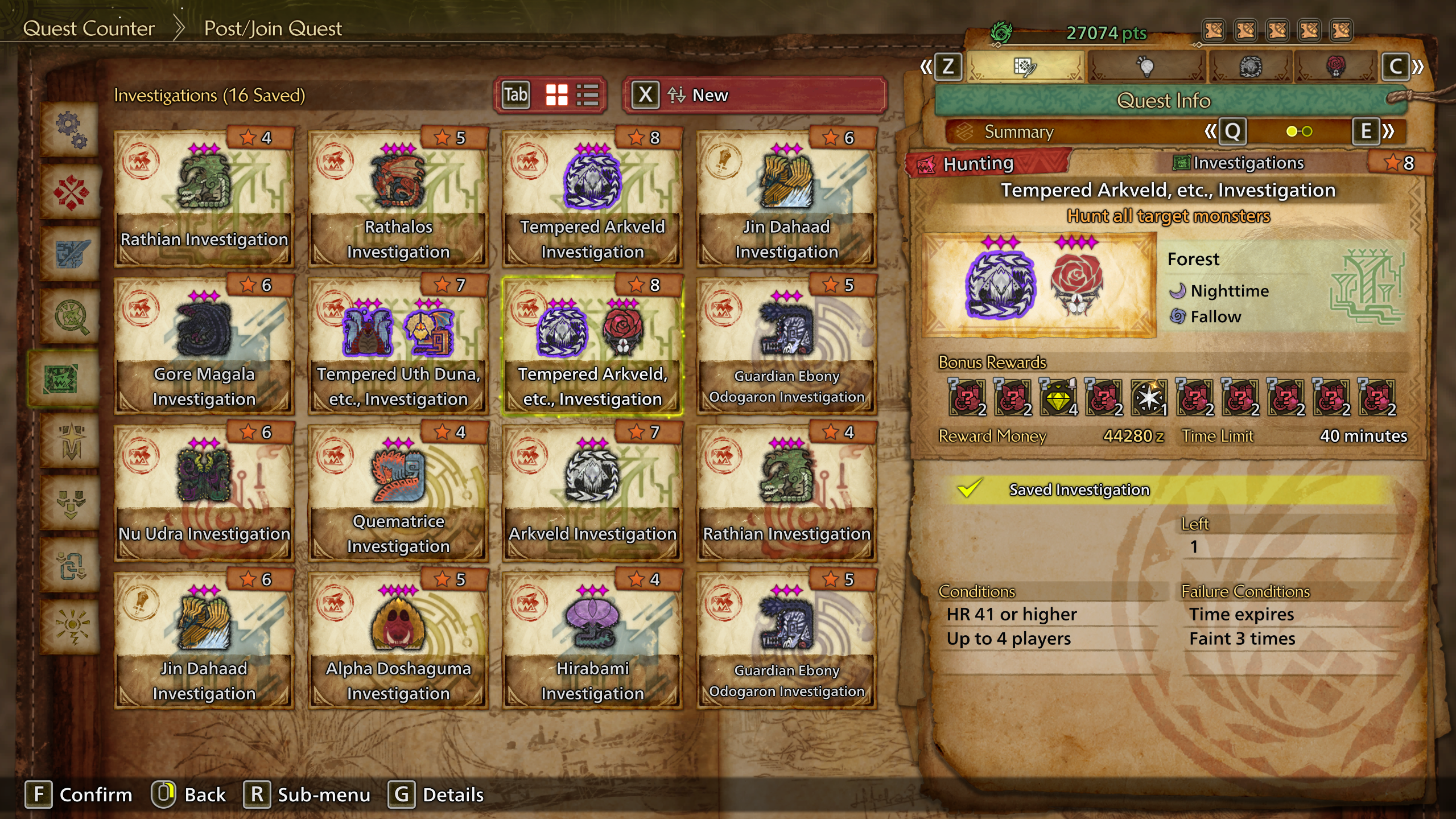
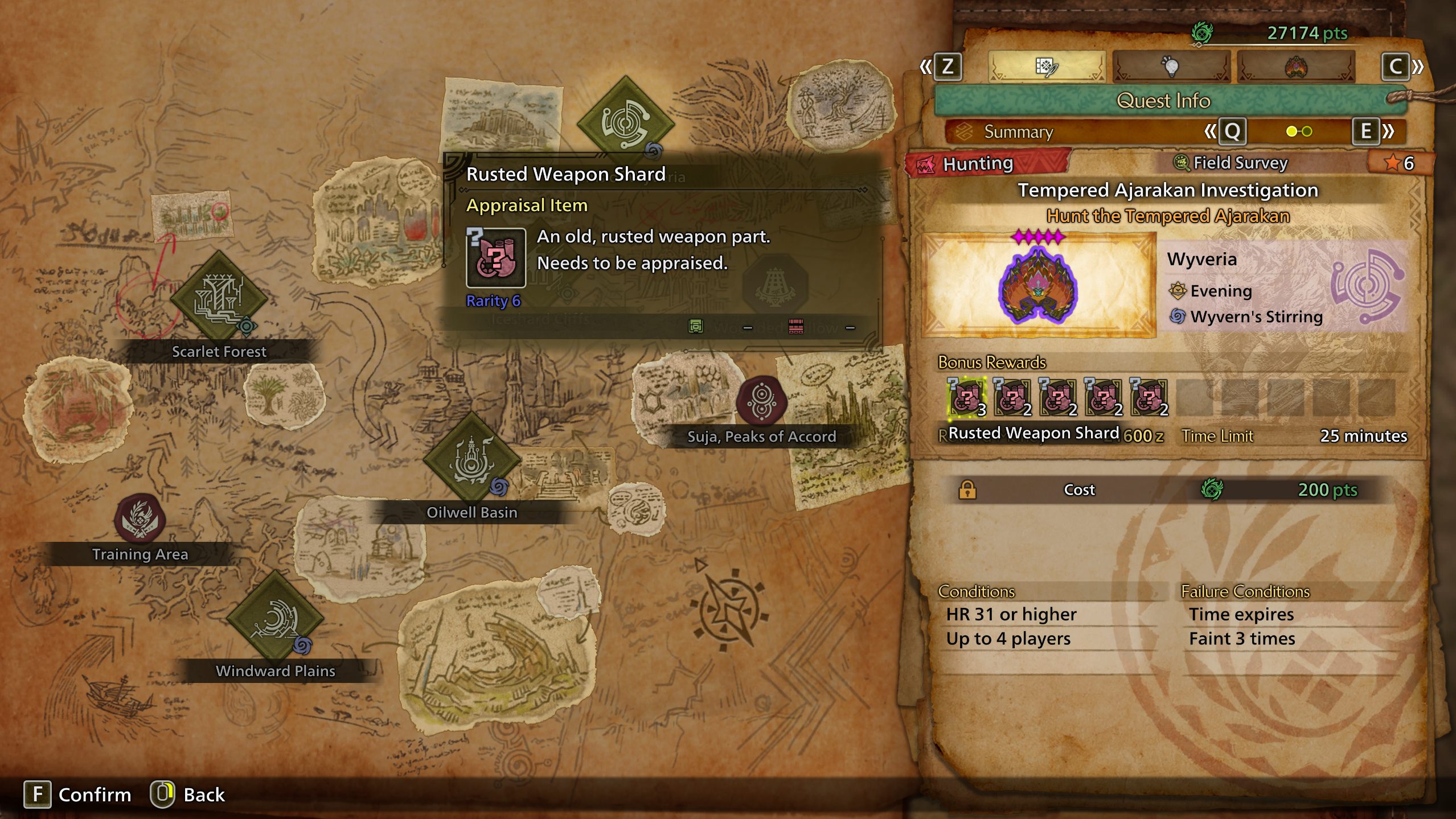
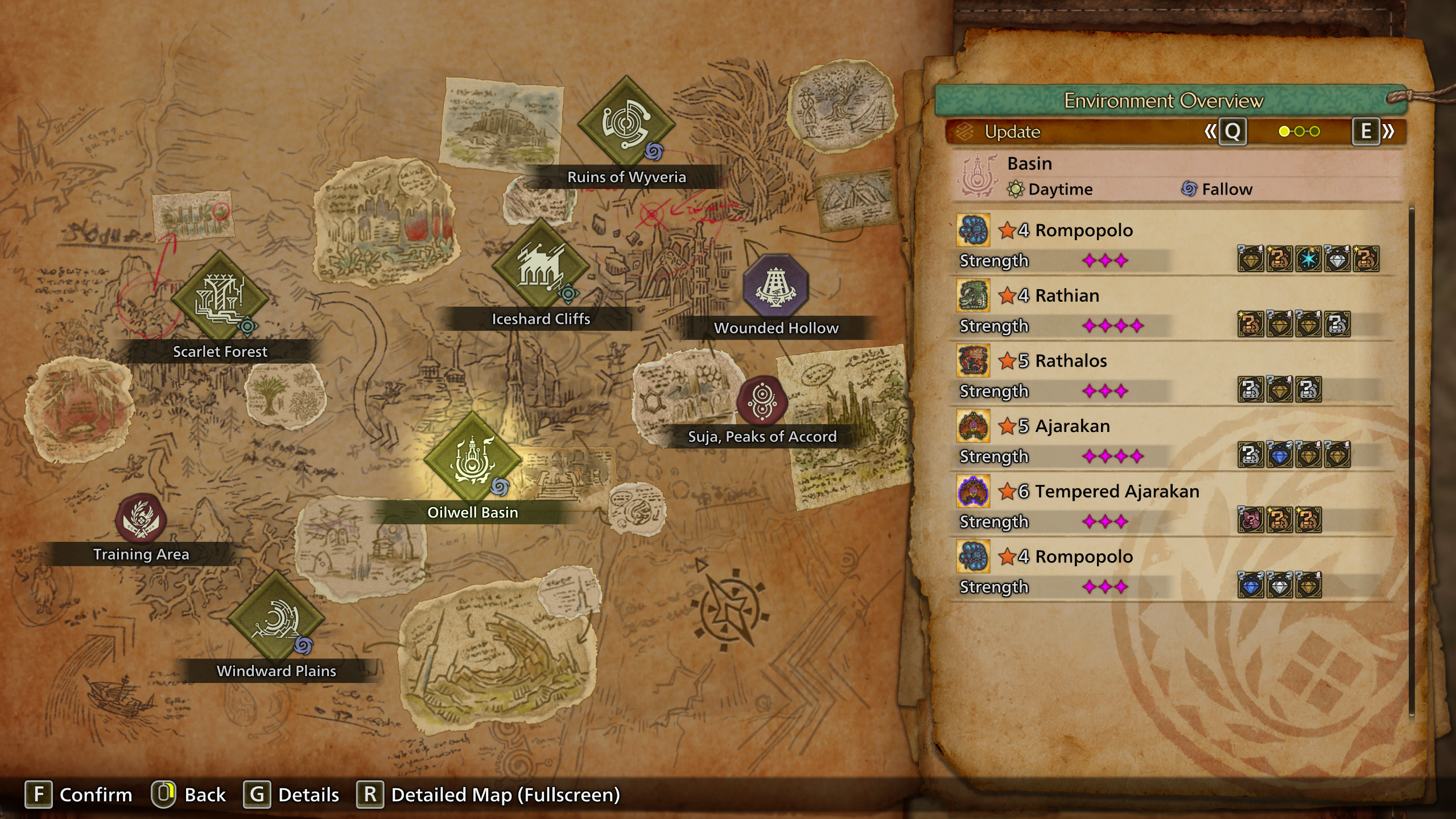



That incentive also boosts Wilds’ endgame loop on a thematic level. Take the apexes, for example. I know that they only spawn during an inclemency, and I know that they often have the best rewards attached to them. The result is that, beyond just surveying the world map at any given time, I can also get excited about the changing seasons and the potential quests that may arise. This active searching also contributes to noticing other environmental factors, like surges and rare material appearances, tying together the thematic importance of the changing seasons with a strong gameplay incentive.
Investigations Are A Perfect Base For Endgame Progression
A System Rewarding Attentive Players
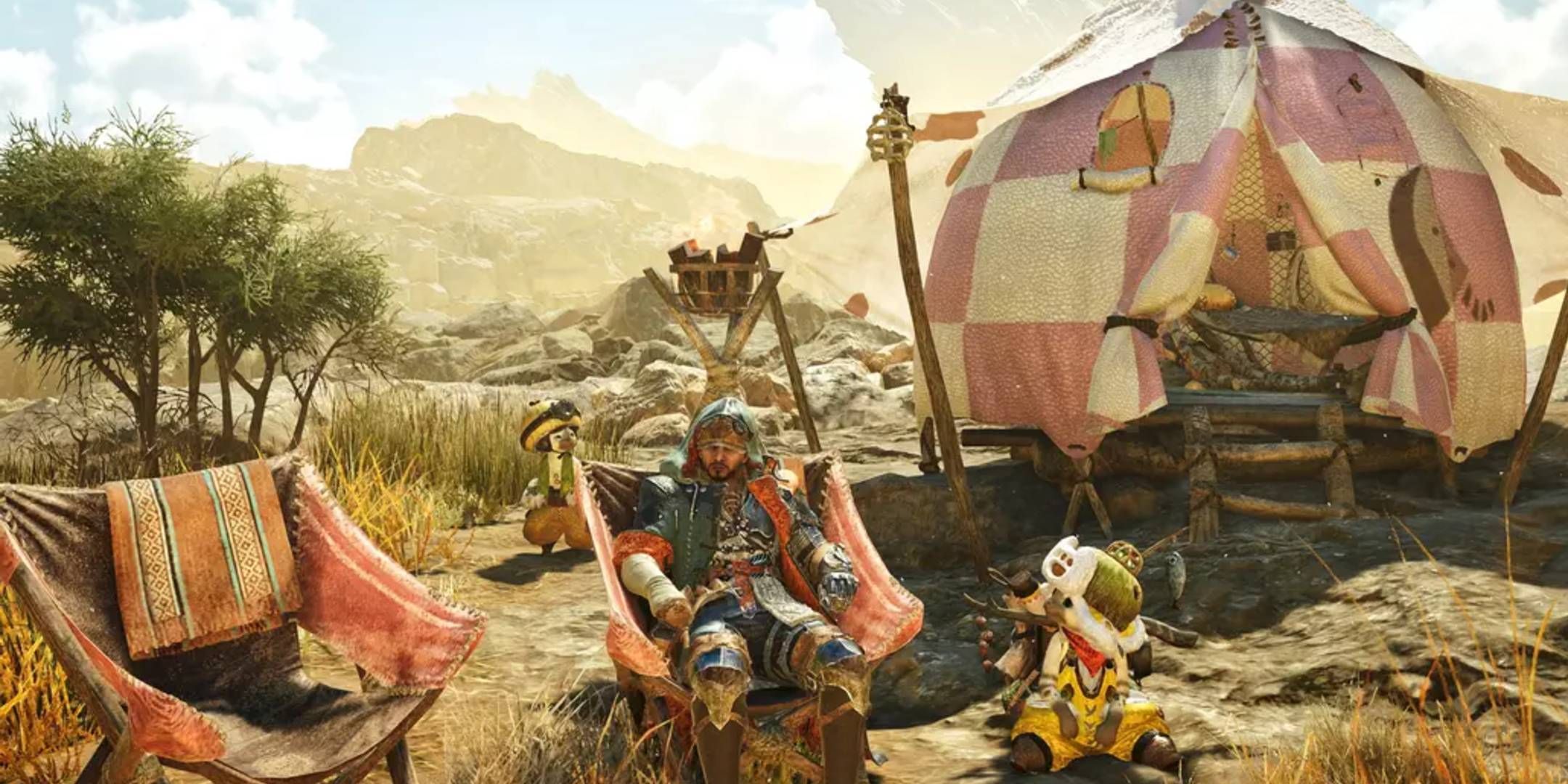
It’s a shame that Wilds’ investigations are almost completely unexplained. While at first glance this feature may look banal, it’s an evolution that supports Wilds’ core philosophies masterfully. It has completely changed the way I view and experience the endgame, giving Monster Hunter Wilds one of the most compelling endgame loops yet despite its middle-of-the-road roster size. Once more monsters get added and the inevitable expansion drops, I have no doubt that more systems like investigations will be added to further tie together immersion and thematic concepts with gameplay modernizations. For now, it’s a more than solid foundation.





